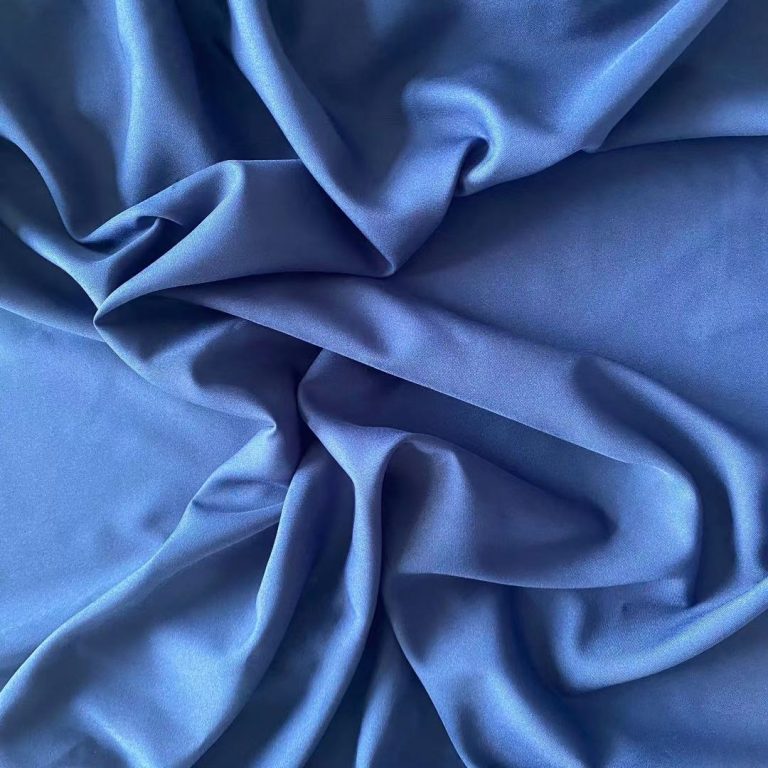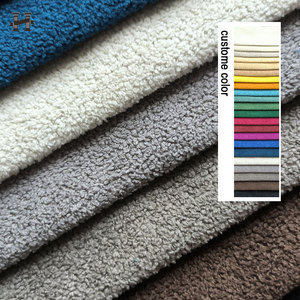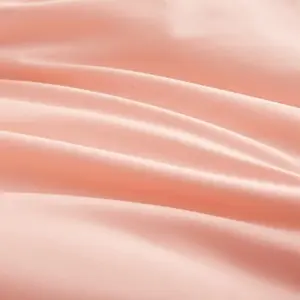Is Polyester Suitable for Spandex Lining?
Fabric compatibility is crucial in fashion and sewing, influencing the look, feel, and longevity of garments. Polyester and spandex are popular materials, each with unique characteristics. This article explores their compatibility and what you should know when mixing these fabrics.
Compatibility Analysis
Yes, polyester is suitable for spandex lining. These two fabrics complement each other well due to their shared synthetic nature and similar properties. Polyester provides durability and structure, while spandex offers exceptional stretch and flexibility. Together, they create garments that are comfortable, resilient, and versatile.
Key Factors
- Texture: Polyester’s smooth texture pairs well with the sleekness of spandex.
- Weight: Both materials are lightweight, ensuring a cohesive feel.
- Stretch: Spandex’s elasticity enhances polyester’s limited stretch, resulting in a balanced blend.
- Care Requirements: Both fabrics are machine washable, though care should be taken with the washing temperature.
- Durability: Polyester’s strength offsets spandex’s tendency to wear over time, making the combination durable.
Fabric Properties Comparison Table
| Property | Polyester | Spandex |
|---|---|---|
| Fiber Content | Synthetic | Synthetic |
| Weight and Thickness | Lightweight | Lightweight |
| Breathability | Moderate | Low |
| Moisture-Wicking | Moderate | High |
| Stretch and Elasticity | Low | High |
| Wrinkle Resistance | High | High |
| Care Instructions | Machine wash cold | Machine wash cold |
| Durability and Wear | High | Moderate |
Benefits of Mixing These Fabrics
- Enhanced Texture and Visual Interest: Combining polyester’s sheen with spandex’s matte finish creates appealing visual contrasts.
- Improved Comfort and Performance: The stretch of spandex enhances comfort, while polyester provides structure.
- Better Drape and Movement: The elasticity of spandex allows garments to move fluidly with the body.
- Cost-Effectiveness: Polyester is affordable, reducing overall material costs.
- Seasonal Versatility: This blend is suitable for various climates, offering warmth in winter and breathability in summer.
- Design Possibilities: The combination allows for innovative fashion and home decor designs.
Potential Challenges
- Different Shrinkage Rates: Pre-wash fabrics to minimize shrinkage.
- Conflicting Care Requirements: Opt for the gentler care instructions when in doubt.
- Texture Clash or Pilling: Use fabric softeners and gentle wash cycles.
- Seam Puckering: Use stretch stitches to accommodate spandex’s elasticity.
- Color Bleeding or Fading: Wash with like colors and avoid harsh detergents.
Practical Solutions
- Use a ballpoint needle to prevent fabric snags.
- Employ a zigzag stitch for added stretch at seams.
- Test wash swatches to gauge colorfastness and shrinkage.
Sewing & Styling Tips
- Sewing Techniques: Use a serger or a stretch stitch to accommodate elasticity.
- Needle and Thread: A ballpoint needle and polyester thread work best.
- Interfacing and Stabilizer: Use lightweight options to maintain stretch.
- Seam Finishing Methods: Overlock or zigzag edges to prevent fraying.
- Pattern Selection Advice: Choose patterns designed for stretch fabrics.
- Styling Ideas: Pair with contrasting textures or colors for dynamic outfits and decor.
Care & Maintenance Guide
- Washing Instructions: Use cold water and a gentle cycle.
- Drying Recommendations: Air dry to maintain elasticity.
- Ironing and Steaming Tips: Use low heat and a pressing cloth to avoid damage.
- Stain Removal: Treat stains promptly with mild detergents.
- Long-Term Care: Store garments flat to prevent stretching.
FAQ Section
-
Can you wash polyester and spandex together?
Yes, wash them together using cold water and a gentle cycle. -
Will polyester shrink more than spandex?
Polyester is less prone to shrinkage compared to spandex. -
What needle size should I use for sewing these fabrics together?
Use a ballpoint needle, size 70/10 or 80/12, for optimal results. -
Can you mix polyester and spandex in one garment?
Absolutely, they complement each other well in garments. -
How do you prevent seam puckering when combining these fabrics?
Use a stretch stitch or a serger for smooth seams. -
Is it okay to mix polyester and spandex for upholstery?
Yes, but ensure the fabric’s durability suits the intended use. -
What’s the best way to finish seams with these fabrics?
Overlock or use a zigzag stitch to maintain flexibility and prevent fraying.
In conclusion, polyester and spandex are highly compatible, offering a blend of durability, comfort, and style. By understanding their properties and following appropriate care and sewing techniques, you can create beautiful, long-lasting garments and decor.



Leave a Reply